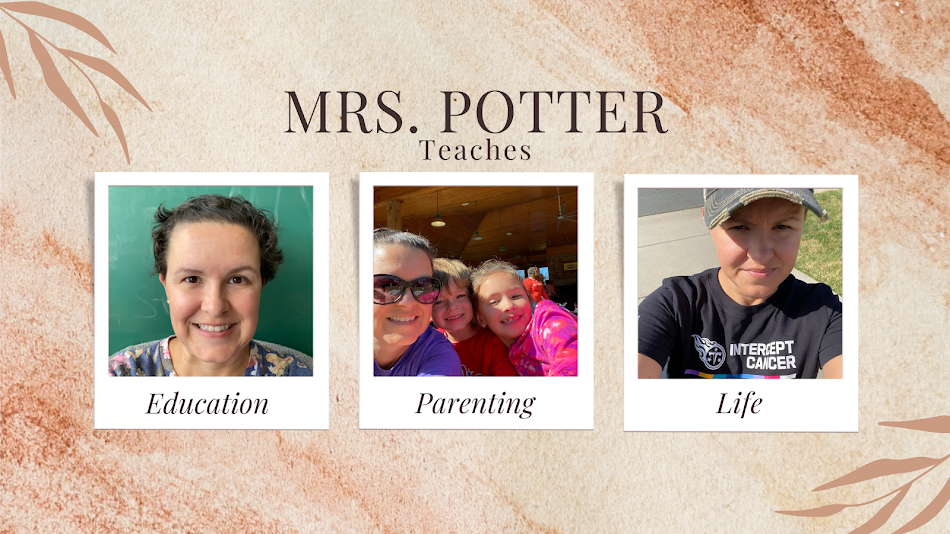
I was first introduced to this book three years ago at a conference I attended over the summer. To be completely honest, we did some hands-on activities, I got some digital resources, and I didn't think much else about it. It wasn't that I didn't want to know more about the book and its signposts, it was just bad timing. I was getting ready to begin my first full year of teaching in Maryland (I was hired in January by the county I currently work for after teaching for 3 years in Virginia) and I was changing grades. I was so overwhelmed by these Common Core Standards, this new curriculum I was getting ready to have to teach, and working in a school where I still felt like the new person that taking on another thing when it came to teaching would have pushed me over the edge.
Flash forward three years and now I feel like I am finally at a place where I can try new things. One of my team members used this book this past school year and loved it, so I figured I know a little bit about it, I have someone close to me that has used it in the classroom, let's give this a try.
I decided to read this book first out of my long list of summer break reads. Let me just say that I finished the book in 3 days! And that's on top of being home with a 2-year old and a newborn. (thank goodness for nap time!)
As soon as I began reading, I knew right away that I would be using this resource in my classroom next year. Throughout the entire book I was taking notes, making lesson plans, creating charts for me to reference. I created a new folder in my Google Drive and filled it up with anchor charts and the aforementioned items. I already looked at the texts that we use at the beginning of the year to see if any of them have some of these signposts that are mentioned in the book (they do!). Check back this fall and I will blog about my experience teaching the signposts to my fifth graders.
One of my favorite things about the book was how easy it was to read. It has a great layout. It begins with the research behind the signposts, then explains the signposts, and ends with lessons that you can use or adapt to teach the signposts in your classroom. I especially like the lessons. Even though I teach at the elementary level and many of the lessons were middle school or high school examples, it was nice to be able to see the language that was used to introduce the signposts.
If you teach reading at any level, this is a definite must-read! I have already moved on to the Nonfiction follow-up. Stay tuned for that review...
A few quotes from the book I highlighted:
”Close reading should suggest close attention to the text; close attention to the relevant experience, thought, and memory of the reader; close attention to the responses and interpretations of other readers; and close attention to the interactions among those elements.”
”It was the transaction - the interaction - between the reader and the text that created meaning.”
”The problem isn’t that we ask all students to read the same book. It’s that we expect them to read it in the same way.”

No comments:
Post a Comment